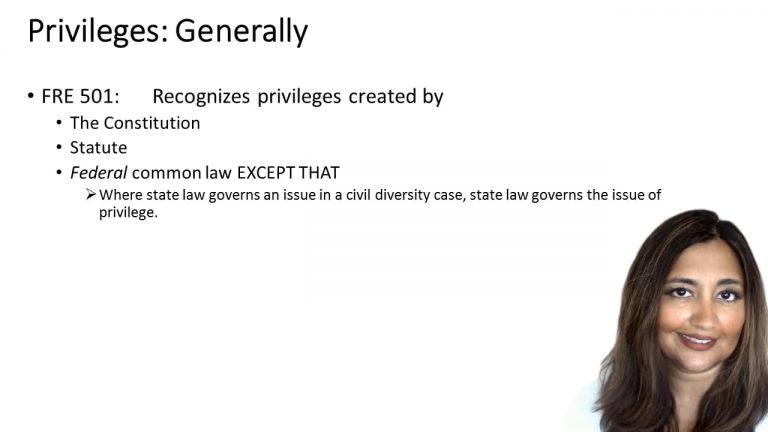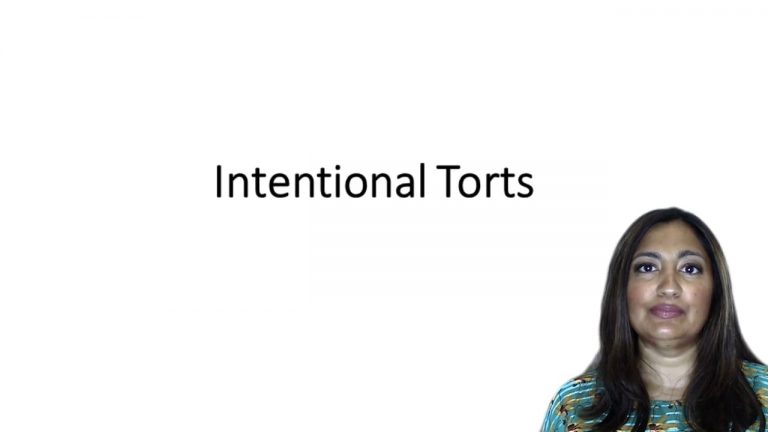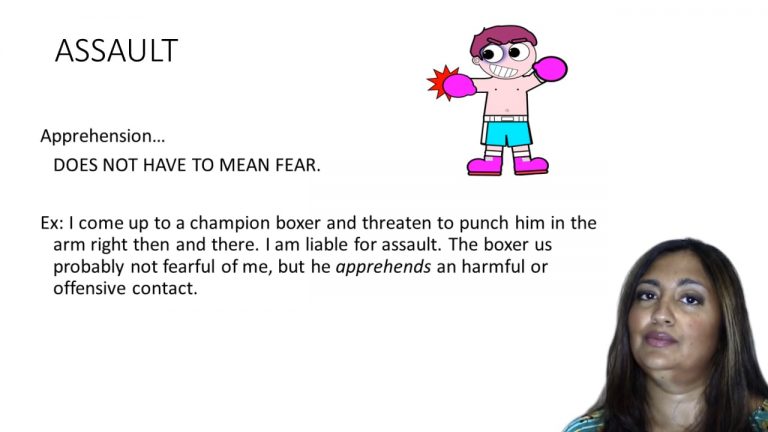SmartBrief
Confirm favorite deletion?
Torts Keyed to Henderson
Courvoisier v. Raymond
Citation:
23 Colo. 113, 47 P. 284 (1896)Facts
Defendant was asleep in his bedroom in the second story of his jewelry store. His sister was asleep down the hall. Just after midnight, defendant was startled awake by the sound of men trying to break into his store. He went downstairs to confront them. The robbers used profane epithets, broke some signs upon the front of the building, and then entered the building by another entrance, and passing upstairs commenced knocking upon the door of a room where defendant’s sister was sleeping. Defendant grabbed his revolver and chased them out to the street. Defendant fired warning shots in the air to frighten them away, but they started throwing rocks at him. The shots attracted plaintiff Edwin Raymond, a police officer. Plaintiff approached defendant, claiming that he was an officer and asking defendant to stop shooting. Defendant fired at plaintiff and caused an injury. Plaintiff sued for assault.
Defendant claimed that plaintiff was approaching him in a threatening attitude, and he shot in self-defense as he genuinely believed that he was in danger at that moment.
Only StudyBuddy Pro offers the complete Case Brief Anatomy*
Access the most important case brief elements for optimal case understanding.
*Case Brief Anatomy includes: Brief Prologue, Complete Case Brief, Brief Epilogue
- The Brief Prologue provides necessary case brief introductory information and includes:
Topic:
Identifies the topic of law and where this case fits within your course outline.Parties:
Identifies the cast of characters involved in the case.Procedural Posture & History:
Shares the case history with how lower courts have ruled on the matter.Case Key Terms, Acts, Doctrines, etc.:
A case specific Legal Term Dictionary.Case Doctrines, Acts, Statutes, Amendments and Treatises:
Identifies and Defines Legal Authority used in this case.
- The Case Brief is the complete case summarized and authored in the traditional Law School I.R.A.C. format. The Pro case brief includes:
Brief Facts:
A Synopsis of the Facts of the case.Rule of Law:
Identifies the Legal Principle the Court used in deciding the case.Facts:
What are the factual circumstances that gave rise to the civil or criminal case? What is the relationship of the Parties that are involved in the case.Issue(s):
Lists the Questions of Law that are raised by the Facts of the case.Holding:
Shares the Court's answer to the legal questions raised in the issue.Concurring / Dissenting Opinions:
Includes valuable concurring or dissenting opinions and their key points.Reasoning and Analysis:
Identifies the chain of argument(s) which led the judges to rule as they did.
- The Brief Prologue closes the case brief with important forward-looking discussion and includes:
Policy:
Identifies the Policy if any that has been established by the case.Court Direction:
Shares where the Court went from here for this case.
Topic Resources
Topic Videos
 4m 37s
4m 37s 22m 47s
22m 47s 14m 16s
14m 16sTopic Outline
